Our team of board-certified cosmetic dermatologists provide a variety of cosmetic treatments in Chicago, IL. Dermatology + Aesthetics is experienced in treating both common and specialty dermatology conditions.
Our team of board-certified medical dermatologists provide a variety of medical treatments in Chicago, IL. Dermatology + Aesthetics is experienced in treating both common and specialty dermatology conditions.
Our team of board-certified surgical dermatologists provide a variety of surgical treatments in Chicago, IL. Dermatology + Aesthetics is experienced in treating both common and specialty dermatology conditions.
Your leading source for general, cosmetic, pediatric and surgical dermatology, Dermatology + Aesthetics is conveniently located in the Bucktown neighborhood of Chicago, IL.
Located in Bucktown along the Chicago River, we have built our practice through the humbling referrals from our loyal community members of Wicker Park, Bucktown, Lincoln Park, Old Town, Ukranian Village, Logan Square, Humboldt Park, the Loop and the greater Chicagoland neighborhoods. We are your leading dermatology choice for general, cosmetic, pediatric and surgical dermatology.
1765 N Elston Ave. Suite 110
Chicago, IL 60642
Monday: 8:00am – 7:00pm
Tuesday: 7:30am – 7:00pm
Wednesday: 8:00am – 4:30pm
Thursday: 7:30am – 7:00pm
Friday: 7:30am – 3:00pm
Saturday: 8:00am – 4:00pm
Sunday: Closed
At Bucktown D+A, our cosmetic dermatology services focus on enhancing the appearance of your skin. Our cosmetic treatments include various non-invasive and minimally invasive procedures such as chemical peels, laser treatments, injectables, microneedling and more to address concerns such as wrinkles, dark spots, acne, and uneven skin tone.
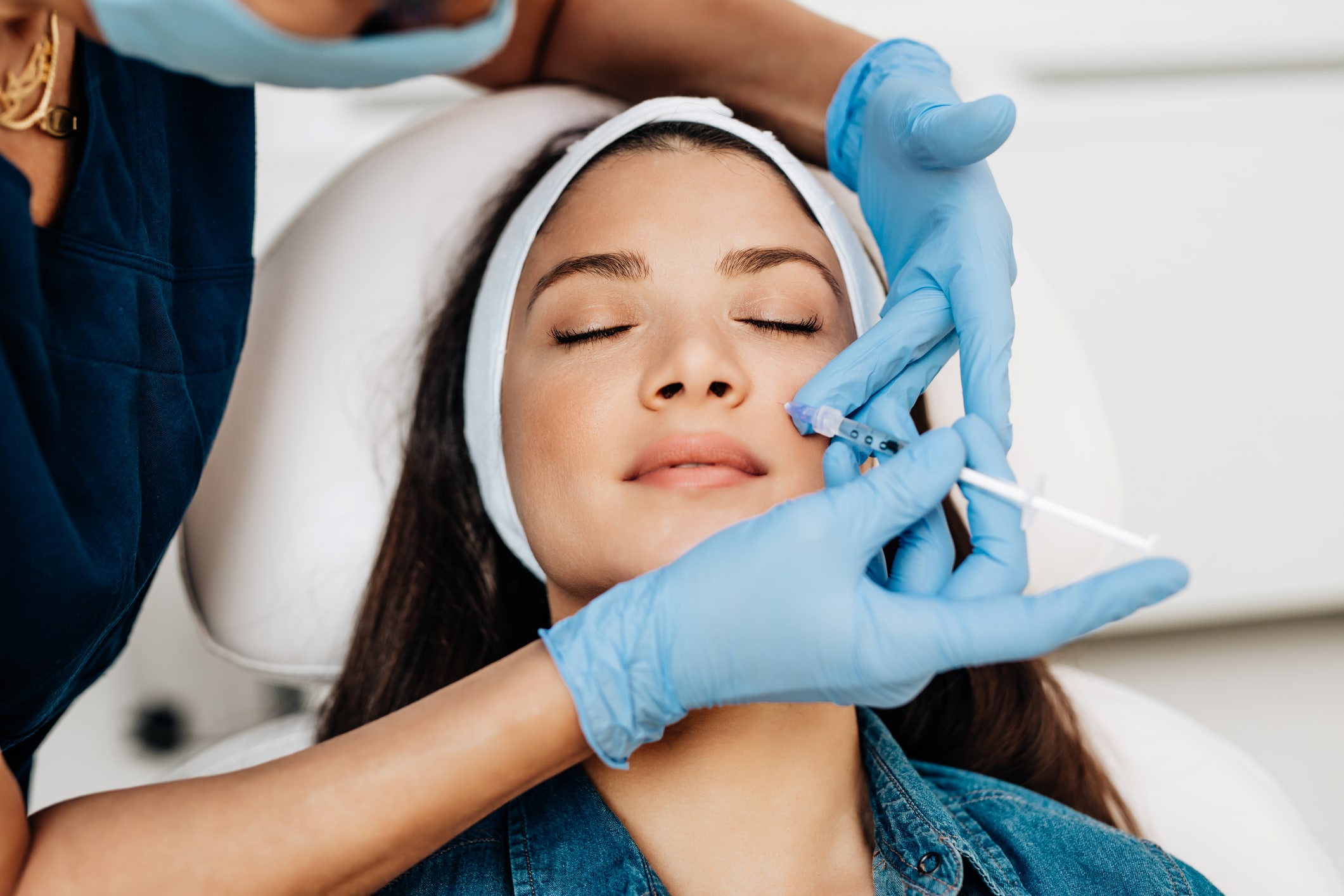
Smooth fine lines and wrinkles with our effective neuromodulator options such as Botox®, Dysport® Xeomin® and DAXXIFY®.

Hydrafacial uses mild chemical exfoliants, water jets for “hydra dermabrasion,” and vacuum-like suction to open pores for a deep cleanse to extract impurities and dead skin cells.

The Sylfirm X dual-wave system targets skin laxity, fine lines, wrinkles, skin texture, pigmentation and skin rejuvenation.
We specialize in medical dermatology, offering comprehensive care for a wide range of skin conditions. Our team of board-certified dermatologists has extensive experience in diagnosing and treating skin issues, such as eczema, psoriasis, rosacea, skin cancer, and more.
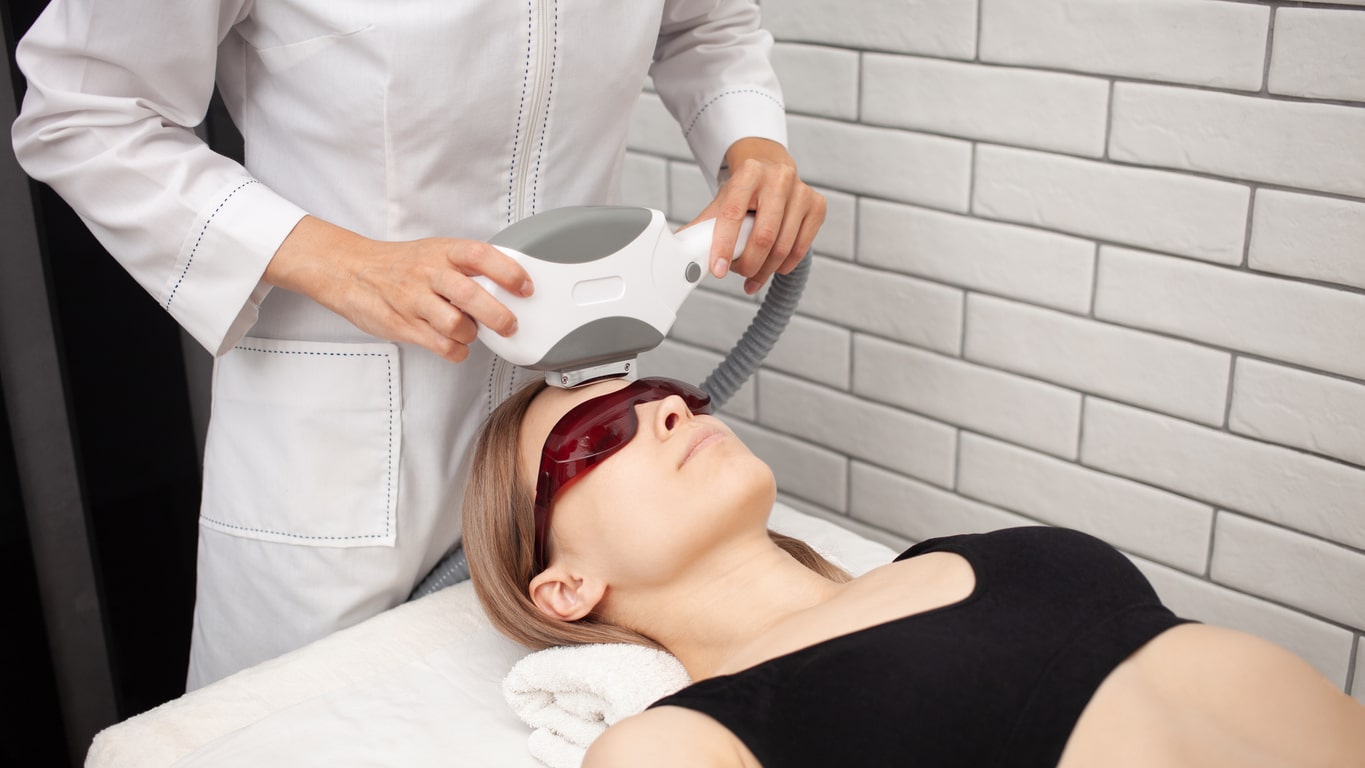
Protect your skin health with comprehensive full-body skin exams performed by our skilled dermatologists, to detect early signs of skin cancer and other skin conditions.
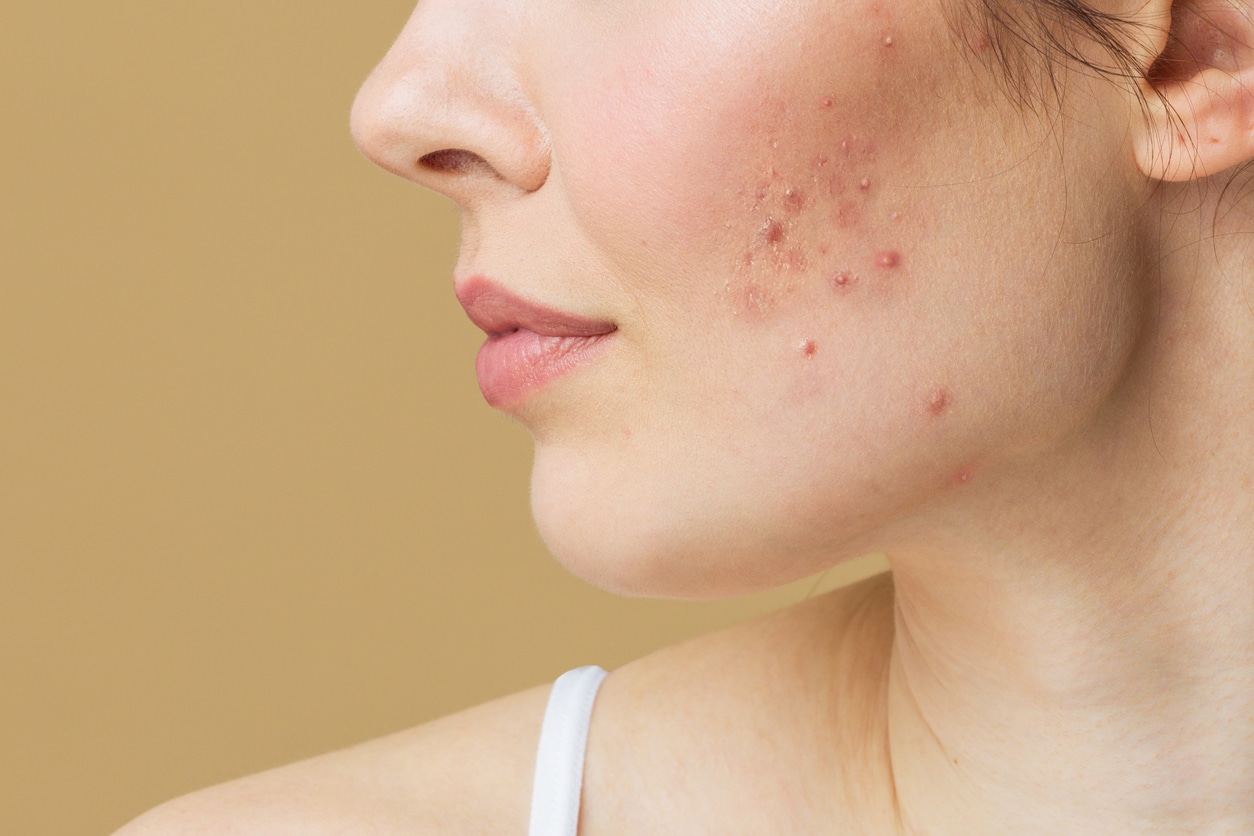
Learn about effective acne treatments, including topical creams, oral medications, and lifestyle changes, to achieve clear and healthy skin.
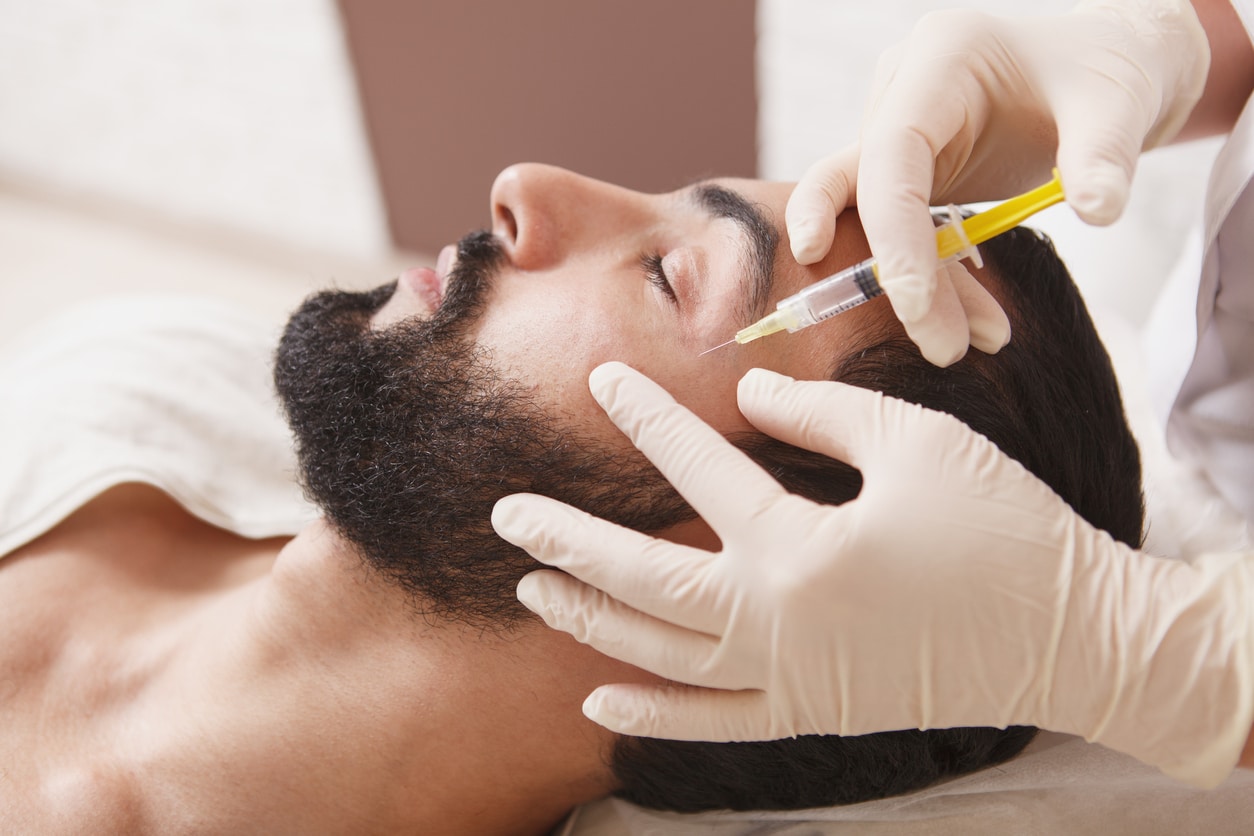
Learn about biologic therapies; cutting-edge treatments for chronic skin conditions like psoriasis, eczema, and dermatitis, that offer long-term relief and improved quality of life.
From infants to seniors, we provide advanced clinical and surgical services for all ages, including treatment for acne, skin cancer, skin infections, hair loss and more.
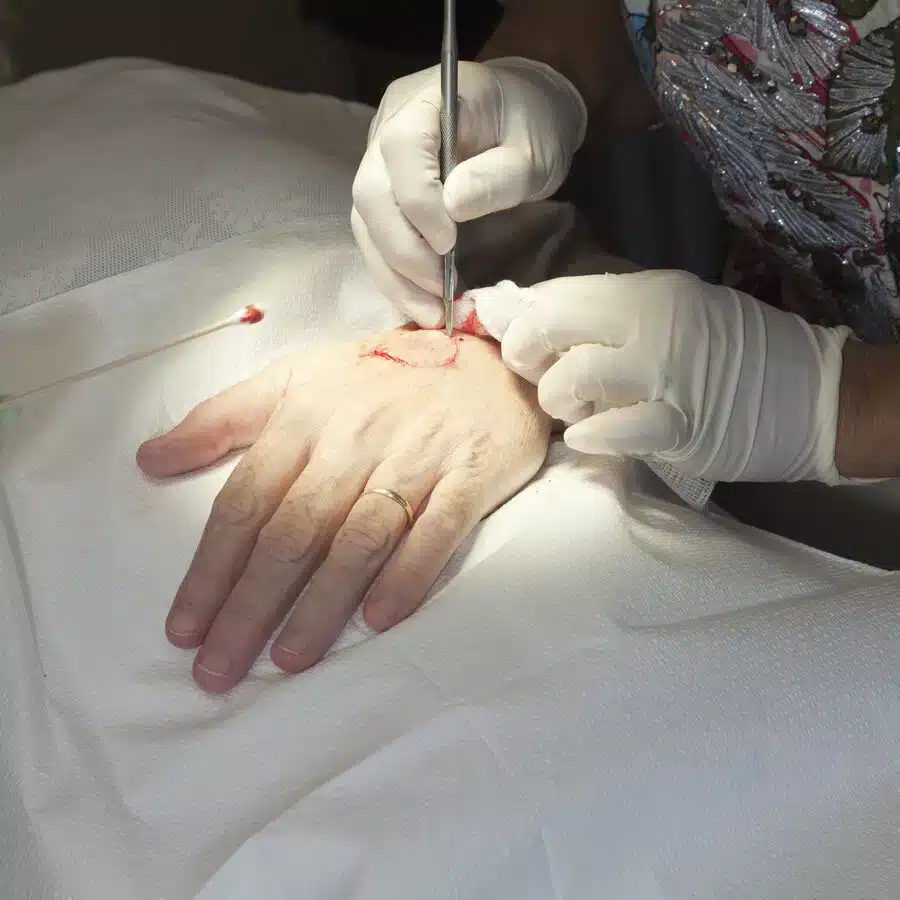
Trust our expert Mohs surgeons for precise and effective removal of skin cancer, utilizing the Mohs micrographic surgery technique, known for its high cure rates and minimal scarring.
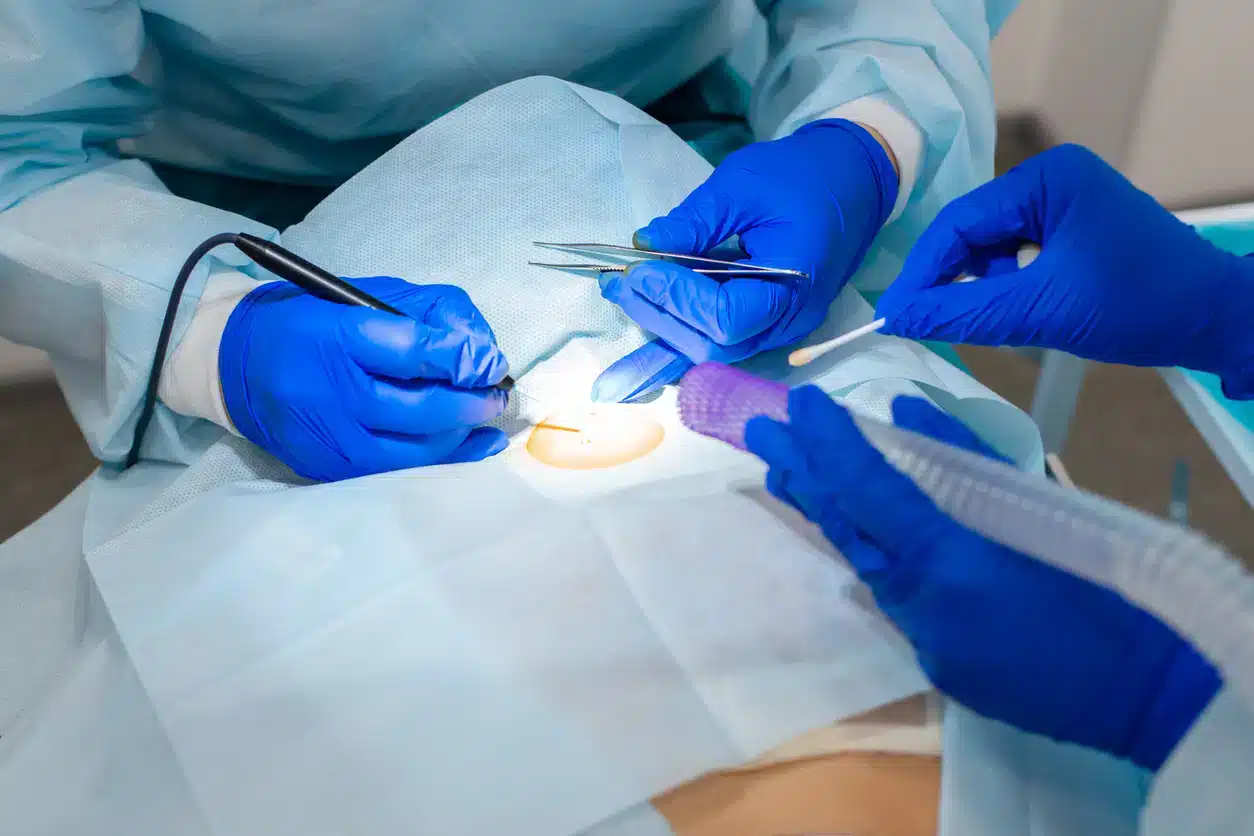
Restore your confidence with our advanced surgical scar revision techniques that minimize the appearance of scars, including hypertrophic scars, keloids, and acne scars.
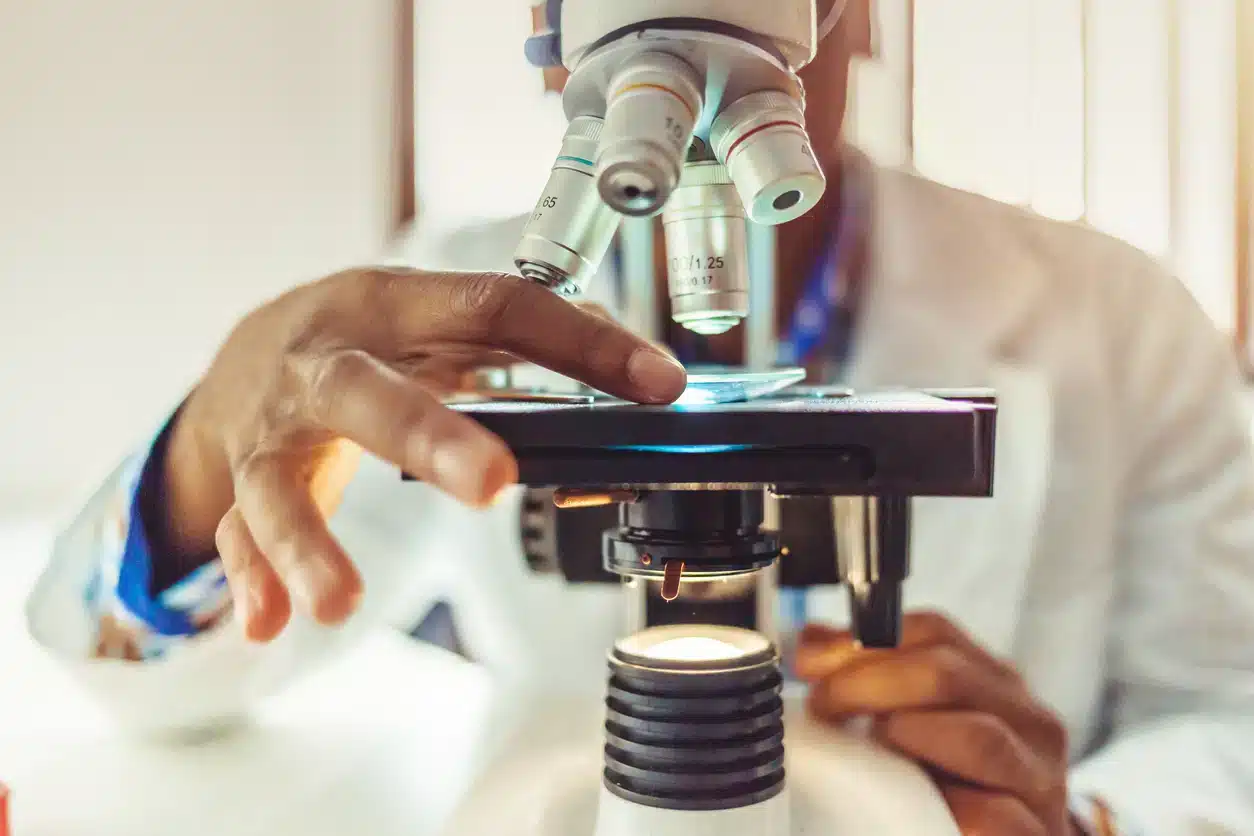
A biopsy works by taking a small sample of tissue from a suspect area in the body so that it can be tested under lab conditions for certain diseases and disorders.
Like adults, children suffer from skin issues too, and can experience specific problems unique to the stages of childhood and early adulthood. Our team includes a board certified pediatric dermatologist who specializes in caring for even the youngest patients.
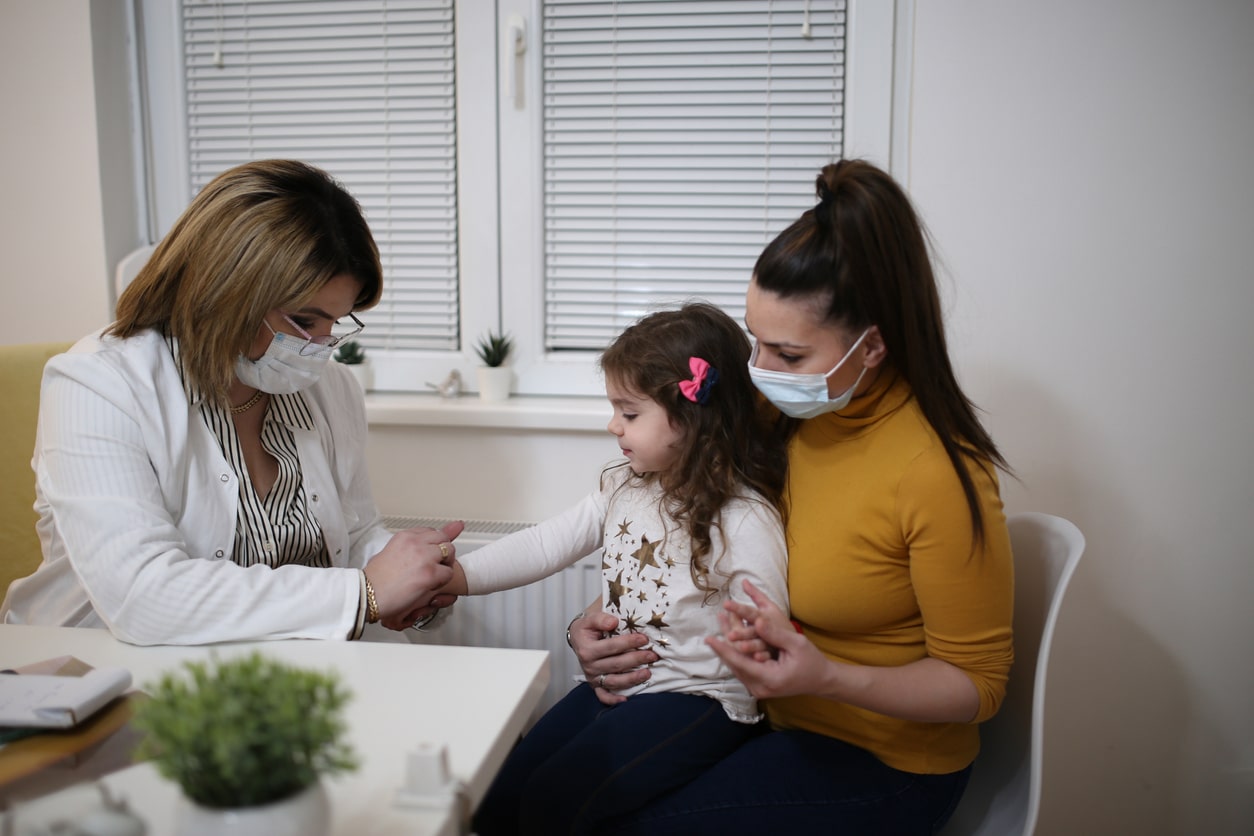
Trust our experienced pediatric dermatologists to provide specialized care for your child’s skin, hair, and nail conditions, ensuring their optimal skin health from infancy to adolescence.

Learn about effective acne treatments, including topical creams, oral medications, and lifestyle changes, to achieve clear and healthy skin.
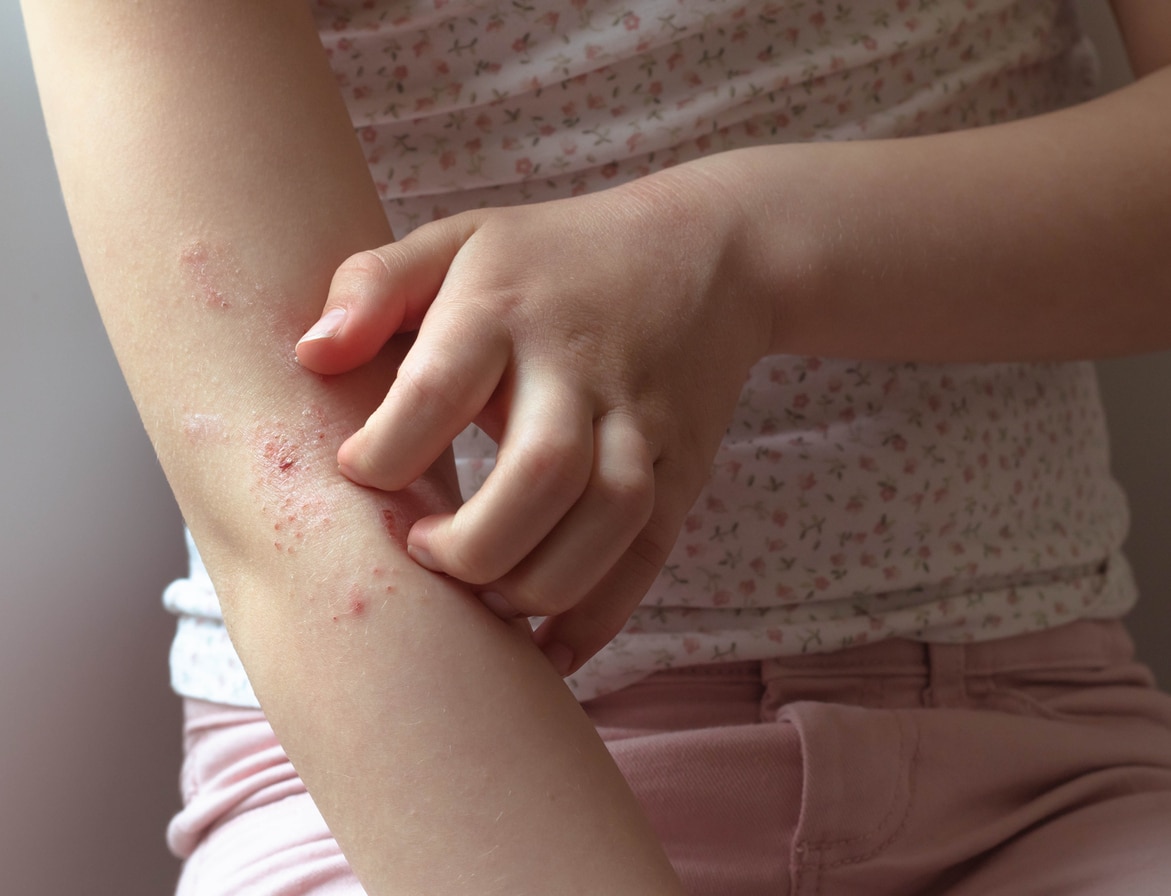
Atopic dermatitis, often referred to as eczema, is a skin condition that appears most often in children, though it can occur in individuals of any age.
Our team is equipped to handle a range of skin issues unique to women, such as hormonal acne, pregnancy-related skin changes, and menopausal skin issues. We also understand that women’s skin can be more sensitive and require gentle, customized care.
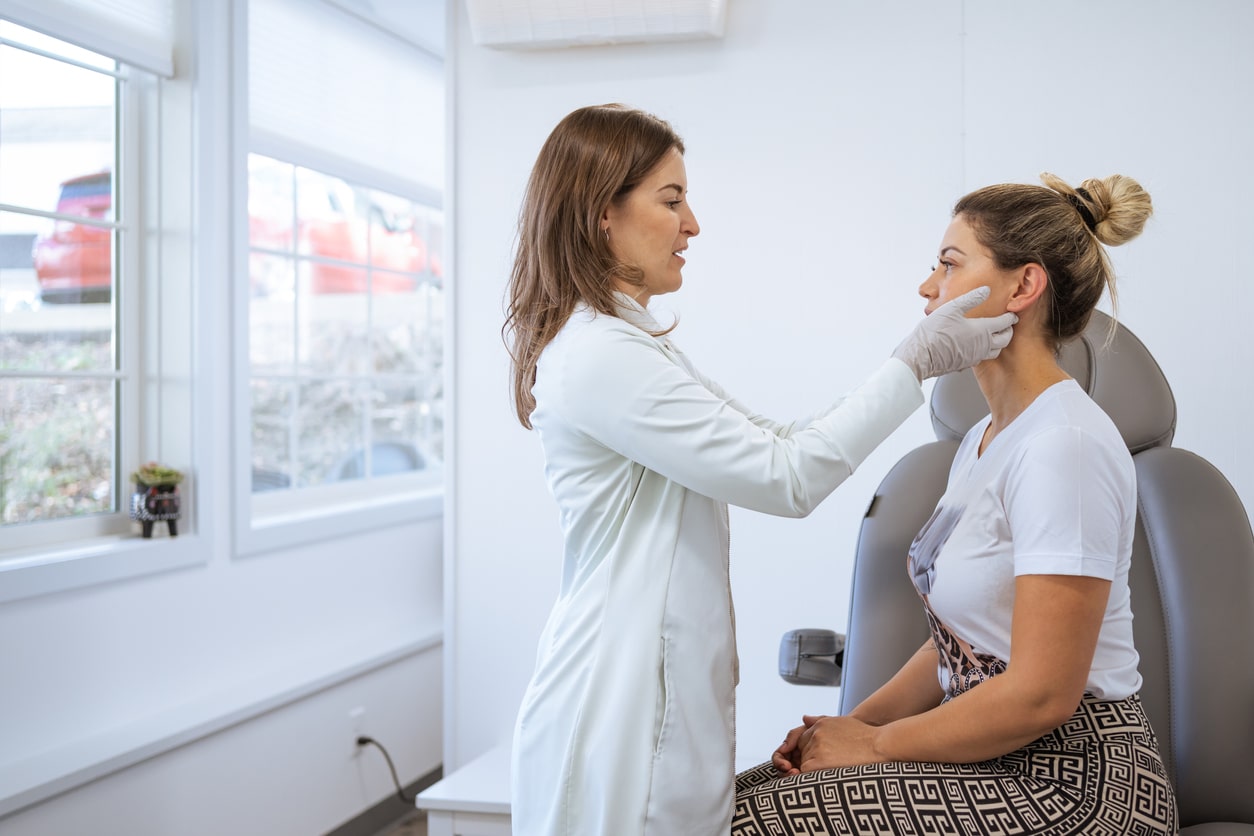
Take control of your skin health with our personalized approach to addressing women’s unique dermatological concerns, including hormonal acne, melasma, and skin aging.

Fine lines and wrinkles are a natural function of aging and can be treated using topical remedies, dermatological procedures, injectable fillers, and more.
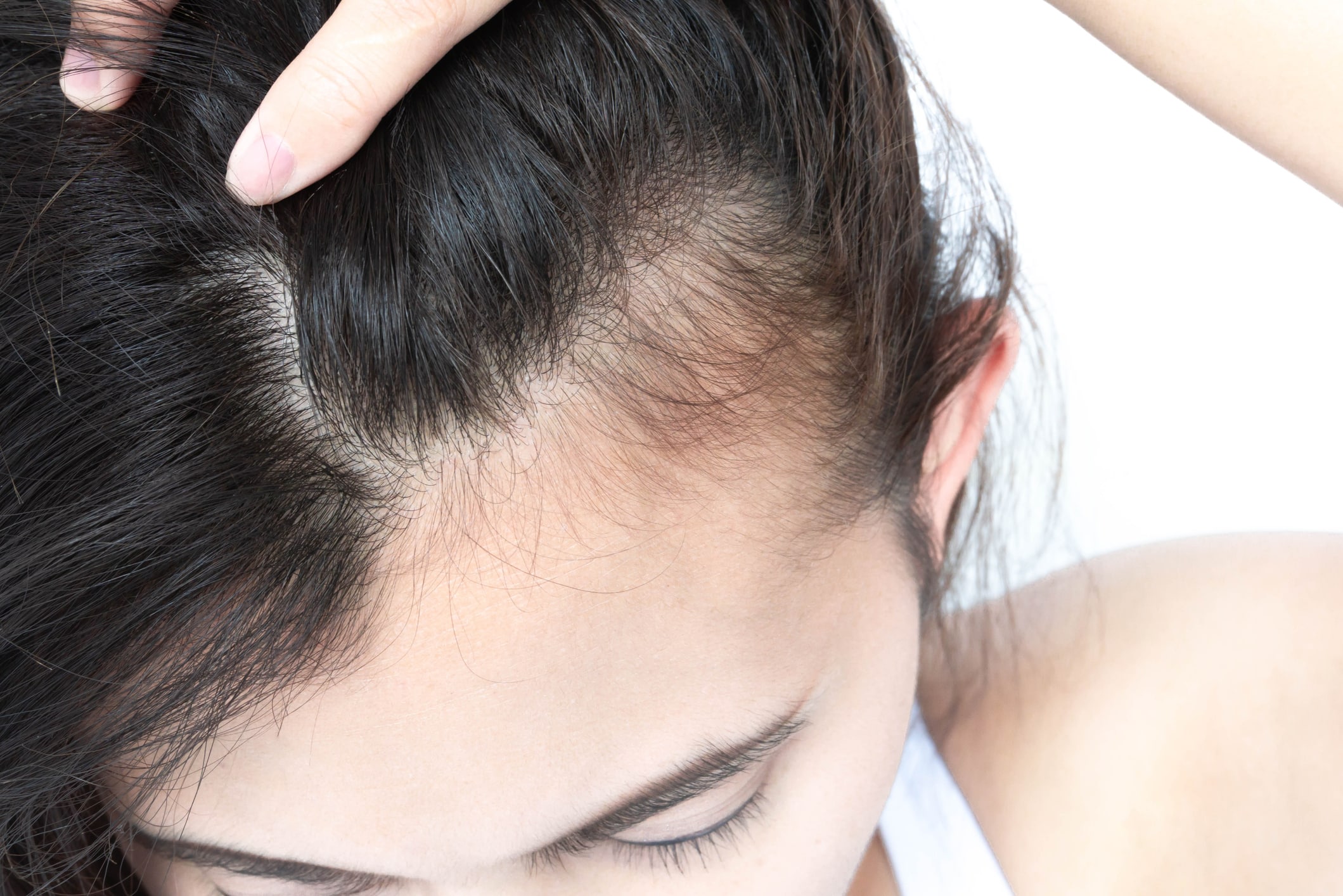
Alopecia, commonly referred to as hair loss, is shedding of hair from the head that far exceeds the normal shedding humans experience on a regular basis.
Our team of board-certified cosmetic dermatologists provide a variety of cosmetic treatments in Chicago, IL. Dermatology + Aesthetics is experienced in treating both common and specialty dermatology conditions.
Introducing our new rewards program!
Earn points on purchases, receive special discounts for your birthday and redeem points for products.
Learn more about VIP Skin Rewards today!
Our local providers are top dermatologists and advanced practice providers with extensive experience in medical, pediatric and cosmetic dermatology care with your health and best interest in mind.

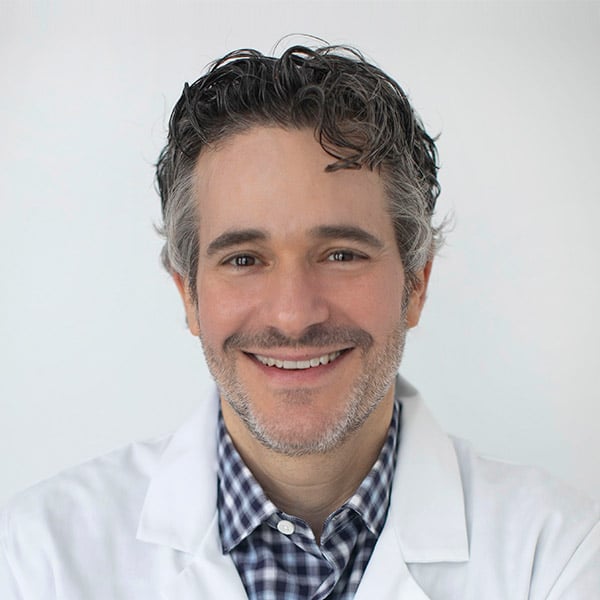


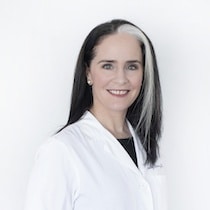
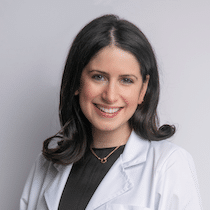



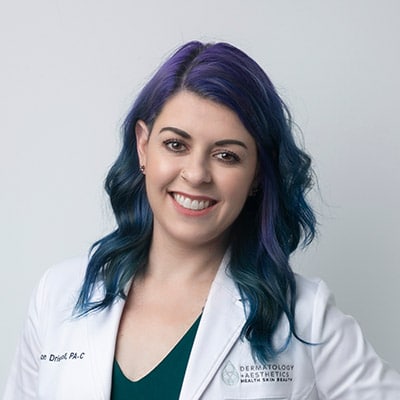
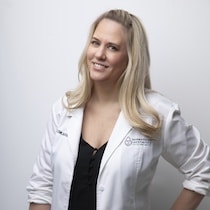




If you're looking for a top-notch dermatology provider in Chicago, look no further than Dermatology + Aesthetics - Bucktown. Our team of board-certified dermatologists and skilled aestheticians are committed to providing exceptional care for all our patients.

Drs. Meyer Horn, Keren Horn, Neha Robinson and Victoria Godinez-Puig of Dermatology + Aesthetics – Bucktown were all recognized for their outstanding patient care in Castle Connolly’s Top Doctors of 2024.
Each year, Castle Connolly publishes a list of physicians who are endorsed by their peers as the best in the Chicago area, encompassing all specialties. Castle Connolly Medical Ltd., is a healthcare research and information company that helps consumers find America’s top doctors and hospitals.
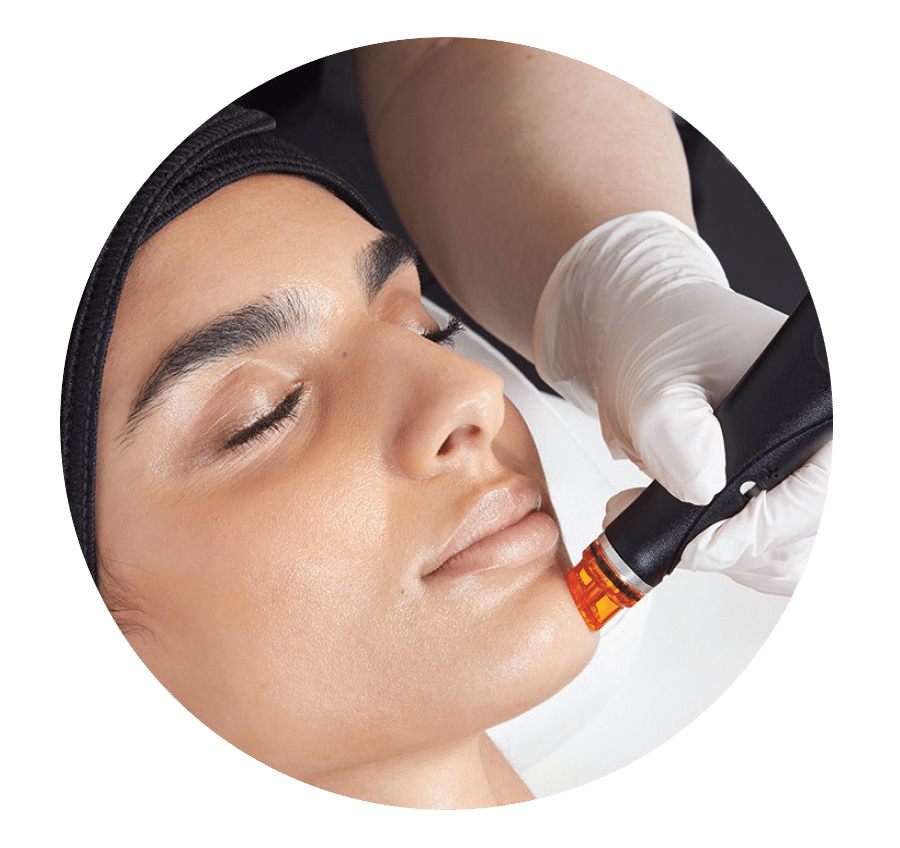
Hydrafacial uses mild chemical exfoliants, water jets for “hydra dermabrasion,” and vacuum-like suction to open pores for a deep cleanse to extract impurities and dead skin cells. It is particularly helpful for those with clogged pores, but also provides a healthy plump and glow that is great for those with dry skin, fine lines, wrinkles, dark spots and pigmentation.
With over 8 booster serum options, the treatment can easily be curated to each patient’s individual needs. The treatment is soothing, refreshing, non-irritating and immediately effective.
Hydrafacial uses 3 steps:
Hydrafacial deep cleans and exfoliates the skin with a gentle peel
Using gentle suction, impurities are painlessly extracted from the skin
Lastly, the skin’s surface is saturated with intense, nourishing moisturizers and personalized serums to address individual concerns
We want you to be able to take advantage of the services we offer, no matter what insurance you have. We accept several major health plans and are always expanding our list of accepted insurance plans. Our staff is highly trained in working with insurance providers and navigating the complexities of health care coverage.

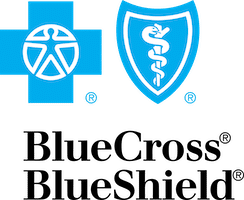


Here we have provided answers to some of the most common questions asked by patients about skin health and care. Our goal is to provide you with information that will help you make informed decisions about your skin health and beauty needs.
What dermatology treatments does your practice specialize in?
We offer comprehensive skin care. We specialize in general, cosmetic, pediatric, and Mohs dermatology. With expert doctors, advanced technology, compassionate care, and convenient appointments, we ensure personalized treatment and optimal results.
What cosmetic dermatology treatments does your practice specialize in?
Experience the transformative power of our cosmetic dermatology treatments. Our specialized services include HydraFacial, laser hair removal, laser skin resurfacing, and so much more. Achieve smoother, radiant skin with our advanced techniques, tailored to your unique needs. Unlock your beauty potential and schedule your appointment today for exceptional cosmetic care.
Why choose a board-certified dermatologist?
Trust your skin care to a professional. Board-certified dermatologists have completed medical school and three to four years of advanced medical training in diseases of the skin, hair and nails. They’ve passed rigorous exams in dermatology to specialize in treating over 3,000 conditions. They’ve also made the commitment to keep up on the latest advances in dermatology.
Why choose a fellowship-trained cosmetic dermatologist?
Fellowship-trained cosmetic dermatologists spend an extra year of specialized training learning in-depth evaluation of the skin, performing specialized procedures, and managing patients to ensure excellent results. By choosing our practice, you can rest assured that you will receive the highest quality of cosmetic care with ideal outcomes.
How can I make or reschedule an appointment?
Scheduling or updating an appointment is easy. Simply give us a call or chat with the Klara messenger on our website.
How can I prepare for my dermatology appointment?
If coming for your first visit, please bring your insurance card, if applicable, and a legal guardian if you are under the age of 18. Please come prepared to provide your health history on your new patient paperwork as well.
What should I expect during my initial consultation?
Your first visit begins with a consultation with your board-certified dermatologist. Prior to care, we will get your health history and perform a clinical evaluation of the skin to determine which treatment options are the best fit. We will customize both a treatment plan and a skin care regimen if desired. Important pre- and post-treatment instructions will also be provided to accompany most treatments.
What insurances do you accept?
We accept a variety of major insurances for your skin care. We have examples of insurances we accept on our website. If you don’t see your insurance listed, please contact us and we will verify if we accept.
What is the difference between a deductible, copay and coinsurance?
All three are medical charges you must pay out of your own pocket, even if you have insurance. Deductibles are a specific amount you must accumulate and pay each year of covered health services before benefits are provided by your carrier. Plans may also have separate individual and family deductibles and/or deductibles for separate services. Copayments are a set fee the member pays to providers at the time services are provided. Copays are applied to office visits, emergency room visits, hospital admissions, etc. Coinsurance is a form of cost sharing. After your deductible has been met, plan will begin paying a percentage of your bills. The remaining amount, known as co-insurance, is the portion due by the patient.
Can I buy skincare products at the practice?
Yes, we have an expansive retail product store that includes a variety of industry leading skin care brands, including our own Skin1765 brand. Visit our practice or view our product in our online retail store for more information.
What to know before receiving neuromodulators (Botox/Dysport):
Below are important instructions and precautions that should be read prior to your procedure. If you have any questions please reach out to our office via text: (773)-832-5246 or phone: 773-276-1100.
BEFORE YOUR TREATMENT:
As a practice, we will continue to follow the guidelines recommended by the CDC and IDPH to avoid transmission of influenza (flu) virus and coronavirus.
What to know before receiving fillers:
Below are important instructions and precautions that should be read prior to your procedure. If you have any questions please reach out to our office via text: (773)-832-5246 or phone: 773-276-1100.
TREATMENT WILL NOT BE PERFORMED FOR THE FOLLOWING REASONS:
*All illnesses should have resolved at least 3 weeks prior to the treatment date. Please call the office immediately to reschedule your treatment if this applies to you.
**If you need to cancel or reschedule, please give us 24 business hours notice to avoid any late cancellation fees.
NEW CHANGES:
BEFORE YOUR TREATMENT:
**Regarding filler and the COVID-19 vaccine: There have been 3 cases of transient facial swelling in over 15,000 participants in the Moderna trial in patients who have also had facial filler procedures, ranging from 2 weeks to 6 months before receiving the vaccine. All cases fully resolved with no sequelae or issues, however, they can also be treated with antihistamines, steroids or antibiotics if necessary. The recommendation from all professional medical societies is currently to receive the vaccine despite filler treatments given this small nuisance does not compare with the potential life saving intervention of the vaccine.
In general, we know that any situation that creates inflammation or an upregulated immune system (such as allergies, flu shots or other vaccines, dental work, active infections or rashes of any kind) can cause the immune system to react against fillers, resulting in swelling or delayed onset bumps. Although this is unlikely/relatively rare, it is not unheard of. This is why we counsel on these potential risks and try to control the timing of the procedure to the best of our abilities. We have always reviewed and asked about recent vaccinations long before the COVID vaccine (as you might recall from your consult, in the consent you signed or the pre-op information that was given to you) and specifically request scheduling your filler appointment at least 3 weeks before or 3 weeks after a vaccination. The recent information in the news is reflective of this risk of inflammation. Please feel free to contact us if you have any questions or concerns.
AFTER TREATMENT:
As a practice, we will continue to follow the guidelines recommended by the CDC and IDPH to avoid transmission of influenza (flu) virus and coronavirus.
What to know before laser procedures:
Below are important instructions and precautions that should be read prior to your procedure. If you have any questions please reach out to our office via text: (773)-832-5246 or phone: 773-276-1100.
LASER PROCEDURES
TISSUE TIGHTENING (PELLEVE AND VSHAPE)
Before Treatment:
After Treatment:
LASER HAIR REMOVAL
Before Treatment:
After Treatment:
PHOTOREJUVENATION
Before Treatment:
After Treatment:
SKINPEN WITH PRP
Before Treatment:
After Treatment:
VIVACE
Before Treatment:
After Treatment:
COOLPEEL
Before Treatment:
After Treatment:
FRAXEL, WEEKEND DOT/TETRA
Before Treatment:
After Treatment:
“AGGRESSIVE” DOT/TETRA
Before Treatment:
After Treatment:
PRP INFRAORBITAL (UNDEREYE) INJECTIONS
Before Treatment:
After Treatment:
PRP FOR ALOPECIA (HAIR LOSS)
Before Treatment:
After Treatment:
PDT
Before Treatment:
After Treatment:
As a practice, we will continue to follow the guidelines recommended by the CDC and IDPH to avoid transmission of influenza (flu) virus and coronavirus.
What to know before receiving aesthetic services:
Below are important instructions and precautions that should be read prior to your procedure. If you have any questions please reach out to our office via text: (773)-832-5246 or phone: 773-276-1100.
AESTHETIC SERVICES
BRIGHTENING PEELS AND VI PEELS
Before Treatment:
After Treatment:
DERMAPEELS, DERMASWEEP, DERMAPLANING, CHEMICAL PEELS
Before Treatment:
After Treatment:
As a practice, we will continue to follow the guidelines recommended by the CDC and IDPH to avoid transmission of the influenza (flu) virus and coronavirus.
Why schedule an appointment with Dermatology + Aesthetics: Bucktown providers?
Dermatology + Aesthetics Bucktown providers offer a variety of care for patients of all ages and skin care needs. Dermatology + Aesthetics: Bucktown areas of service include pediatric, surgical and medical dermatology. Whether you suffer from acne, have skin cancer or want to address a cosmetic skin issue, Dermatology + Aesthetics: Bucktown providers have you covered. Schedule your appointment today!
How should I prepare for my Dermapeel?
One of our signature treatments, Dermapeel is a dual-action treatment that results in perfect, glowing skin. The treatment instantly provides smoother, more radiant skin by using chemical and physical exfoliation. Due to using two types of exfoliation, certain precautions should be taken to prepare for your treatment.
What is recovery like after receiving Mohs surgery?
After receiving Mohs surgery, your provider will discuss how to treat the wound left by removing cancerous skin cells. Some wounds can be left to heal on their own, while others may need special care. Most areas can be closed with stitches or using a skin flap to cover the wound. However, in some instances, where the removal area is large, reconstructive surgery may be required.
Knowing how to care for the wound after receiving Mohs surgery can improve your results. If you experience swelling in the area, apply ice for 20 minutes at a time. If bleeding occurs, apply pressure and contact your provider if it does not cease. Avoid rigorous exercise or overexertion for at least a week. Recovery after Mohs surgery usually takes four to six weeks.
What conditions are treated by PDL?
PDL is used as a treatment for a variety of different conditions. However, PDL is mainly used to treat vascular conditions. The following are a few of the conditions treated by PDL:
Will sclerotherapy reduce the appearance of varicose veins?
Sclerotherapy is extremely effective at treating the appearance and cosmetic symptoms of varicose and spider veins. For some patients, results can be seen after the first treatment. However, larger, more serious varicose veins may require several treatments. If you are interested in receiving sclerotherapy, speak with your D+A provider today!
Why is pediatric dermatology care important for my child?
Laser treatment or cosmetic surgery may be able to revise the appearance of acne scars or eczema later in life, but why not help your child avoid them in the first place? Pediatric dermatology can help keep your child’s skin from forming these scars later on in adulthood.
By treating your child’s skin issues at a young age with pediatric dermatology, they can enjoy a stronger skin barrier in their elderly years too. Plus, you can help them avoid the self-consciousness and anxiety that can result from acne and other issues. By treating these issues early, you are setting them up for a lifetime of being comfortable in their own skin.
What parking options are available?
Our valet is on duty Monday through Thursday from 8:30 am to 4 pm on a first-come, first-serve basis. The attendant will park your car in our lot, ensuring that all spots are utilized and parked in a safe manner. Cost for valet services will be $6. The valet will accept cash, Venmo (code is @HeatValet) and credit card via Square. The northbound lane of Elston has free parking, but availability is often limited and is first come, first serve. In addition, two to three blocks of the south bound lane of Elston have been converted to paid parking by Sipi Metals Corp. It runs in front of their plant across the street, with 20-30 spots available at any given time, and is less than a three-minute walk to our practice. This parking costs $5 for two hours and can be paid at the street box or via the ParkChicago app.

Get Dermatologist Trusted Skin Care Products to Maintain Your Skin Health
Two of our board certified dermatologists offer their expertise on skin conditions and how to properly care for your skin.
Dr. Keimig joins Daytime Chicago to discuss skincare essentials you can find at the drugstore.
Dr. Horn joins Women’s Health to discuss different types of bug bites and how to soothe your skin.

